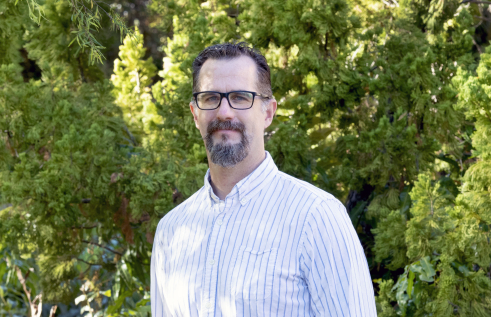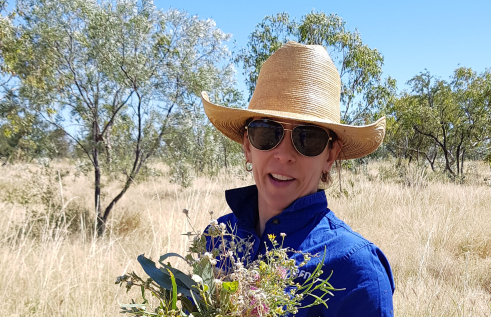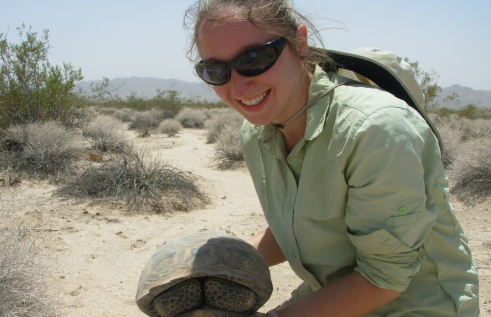RIEL seminar series
Developing conservation benefit-sharing mechanisms in Tanzania
| Presenter | Juma Kegamba | |
|---|---|---|
| Date |
|
|
| Time |
to
|
|
| Contact person |
RIEL outreach
|
|
| Location |
Casuarina campus Yellow 1.1.39 If you wish to attend this seminar via ZOOM please email riel.outreach@cdu.edu.au for a link |
|
| Open to | Public | |
Benefit-sharing has been instrumental in empowering local communities living on the edge of protected areas to engage in natural resource management and enhance biodiversity conservation outcomes. Tanzania has various categories of protected areas managed by six main conservation institutions, each with different types of benefit-sharing mechanisms.
This research aims to investigate how institutional frameworks for wildlife conservation affect the distribution of benefits to local people in the Great Serengeti Ecosystem (GSE). In addition, this research will investigate whether Indigenous and other local people’s needs and values regarding conservation benefits vary according to a community’s social-economic system.
Understanding the types of benefits that conservation delivers, various mechanisms used to deliver those benefits, the outcomes for communities and the limitations of each mechanism, along with community aspirations and needs, may yet allow the development of culturally appropriate and acceptable benefit-sharing mechanisms that will support the sustainability, success, and longevity of conservation programs in the future.
My name is Juma Joseph Kegamba I’m originally from Tanzania where I serve as an Assistant Lecturer at the College of African Wildlife Management, Mweka. I hold a Master degree in Environmental Management from Charles Darwin University, Australia (2015-2016) and Bachelor degree in Wildlife Science and Conservation from the University of Dar es Salaam, Tanzania.
I worked as a Game Warden with the Tanzanian Wildlife Division in various game reserves for 8 years. I joined Mweka College as Tutorial Assistant in 2013. My principal research interests are within the fields of community engagement, biodiversity conservation, ecosystem services and human wildlife interface.
My PhD research investigates how conservation institutional frameworks affect distribution of conservation benefits to local people and what benefits are demanded and valued by indigenous people in the Great Serengeti Ecosystem, Tanzania.
Related Events

Loss of Earth's old, wise and large animals
Read more about Loss of Earth's old, wise and large animalsIn this seminar, Keller will outline that humans have caused a decline in old age-classes of wild animal populations whereby many of Earth’s oldest, often largest, and most experienced individuals have been eliminated from ecosystems.

A biome approach to plot-based vegetation classification in northern Australia
Read more about A biome approach to plot-based vegetation classification in northern AustraliaIn this seminar, Donna will present a floristic plot-based classification of the Australian tropical savanna biome using a composite of vegetation plot-based data sourced from the Queensland, Northern Territory and Western Australia governments, TERN, and non-government organisations.

Host–pathogen–microbiome interactions
Read more about Host–pathogen–microbiome interactionsDr Chava Weitzman will discuss the relative ease and challenges of studying emerging diseases in two groups of hosts, tortoises and house finches, each impacted by a bacterial Mycoplasma pathogen.